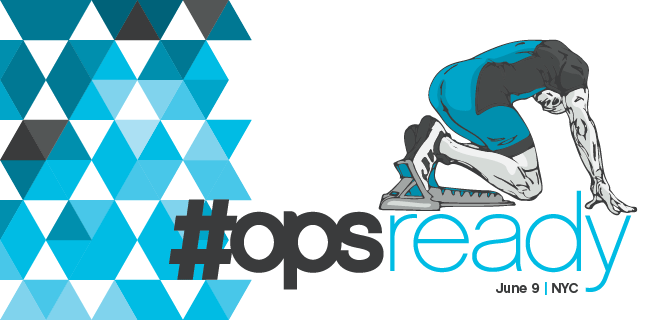
Believe it or not, the AdMonsters content team has been fretting about whether we have too much viewability in our OPS agenda.
What? How is that possible? There is no such thing as too much viewability!
Please – there sure is.
Yes, viewability is the topic du jour (du année? du decáde?), and the thought pieces and panels seem endless. AdMonsters has even started its own series on Hacking Viewability where we share homemade publisher viewability resources. How long until the appearance of a three-day event dedicated solely to viewability?
Well, that’s not going to be OPS. (We have to leave some space for programmatic sessions!) Yes, we are hitting viewability from multiple angles: how publishers are making reporting work to their advantage, how to best use engagement metrics provided by viewability tools, and what viewability means for mobile, video and even TV.
But one session that really piques my interest is only tangentially tied to viewability. It’s a pet topic of mine: time as a metric.
When the initial panic about viewability was hitting a fever pitch – months before the lifting of the MRC transaction embargo – I wrote an article called “How Pubs Learn to Love Viewability.” It explored the idea of guaranteeing against time-in-view – how the technology actually worked as well as an anecdote about a Brazilian ISP that saw its CPMs go through the roof.
Over the last year or so, I’ve chatted with numerous industry folk about the concept of “attention metrics” and they are all intrigued. What if instead of guaranteeing thousands of viewable display impressions, you guaranteed, say, 5 minutes of in-view time. What would you charge for that? Could you apply the concept to video as well? It would be a fundamental industry shakeup, but the technology make it happen is there.
And the Financial Times is one of the first major publishers to take on the challenge, introducing a “cost per hour” (CPH) metric last year. In an Ad Age article, former OPS Keynote Shenan Reed from MEC even predicted that in 2015 buying attention would become common and eventually standard.
That’s why I’m excited to have Financial Times’ Brendan Spain, US Commercial Director and Global Client Relationship Director, and Alex Barclay, US Digital Development Director, speaking at OPS about using time as a currency. We’ll get an overview of both the selling process as well as the technical execution, and the new challenges brewing in both spaces. Hopefully the two will also be able to share some results from the time-based campaigns so far.
It’s one more reason to make sure you come to OPS June 9 in NYC – time as a currency seems central to the future of digital advertising.